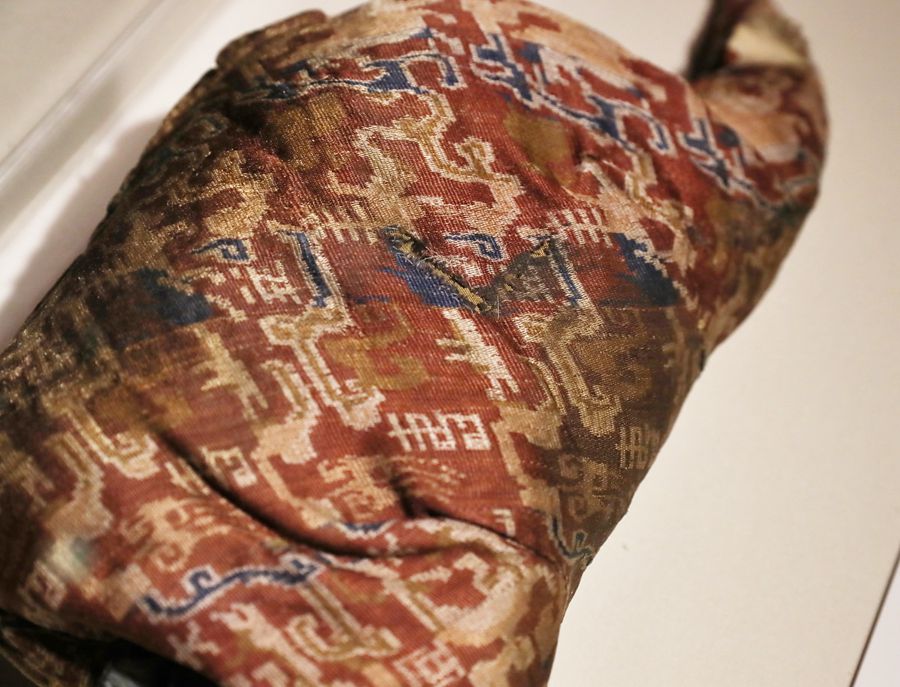 |
|
The huge variety of exhibits provide evidence of the dynamic exchanges between the East and West along the ancient Silk Road.[Photo by Jiang Dong/China Daily] |
"Hopefully, this exhibition will make it clear to the audience the continued and intensive cultural influence of Zhongyuan on the western regions at the time," Yu says.
Luo Hao, a curator from the National Museum of China, says the exhibition shows a continuous administration in Xinjiang by the government of various dynasties from Chinese history, beginning with the establishment of the frontier command headquarters (duhufu) for pacifying the western regions in 60 BC, in the present-day Luntai county, which is seen as a symbol of Xinjiang's official integration into Chinese territory.
A contract found in one of the Astana Tombs in 1967 shows how a Han settler Yan Keren rented a vineyard from a native named Qu Shantong. The document outlines the annual fees that Yan had to pay his landlord over the course of his fiveyear rental. It also includes several characters introduced during the reign of Tang empress, Wu Zetian.